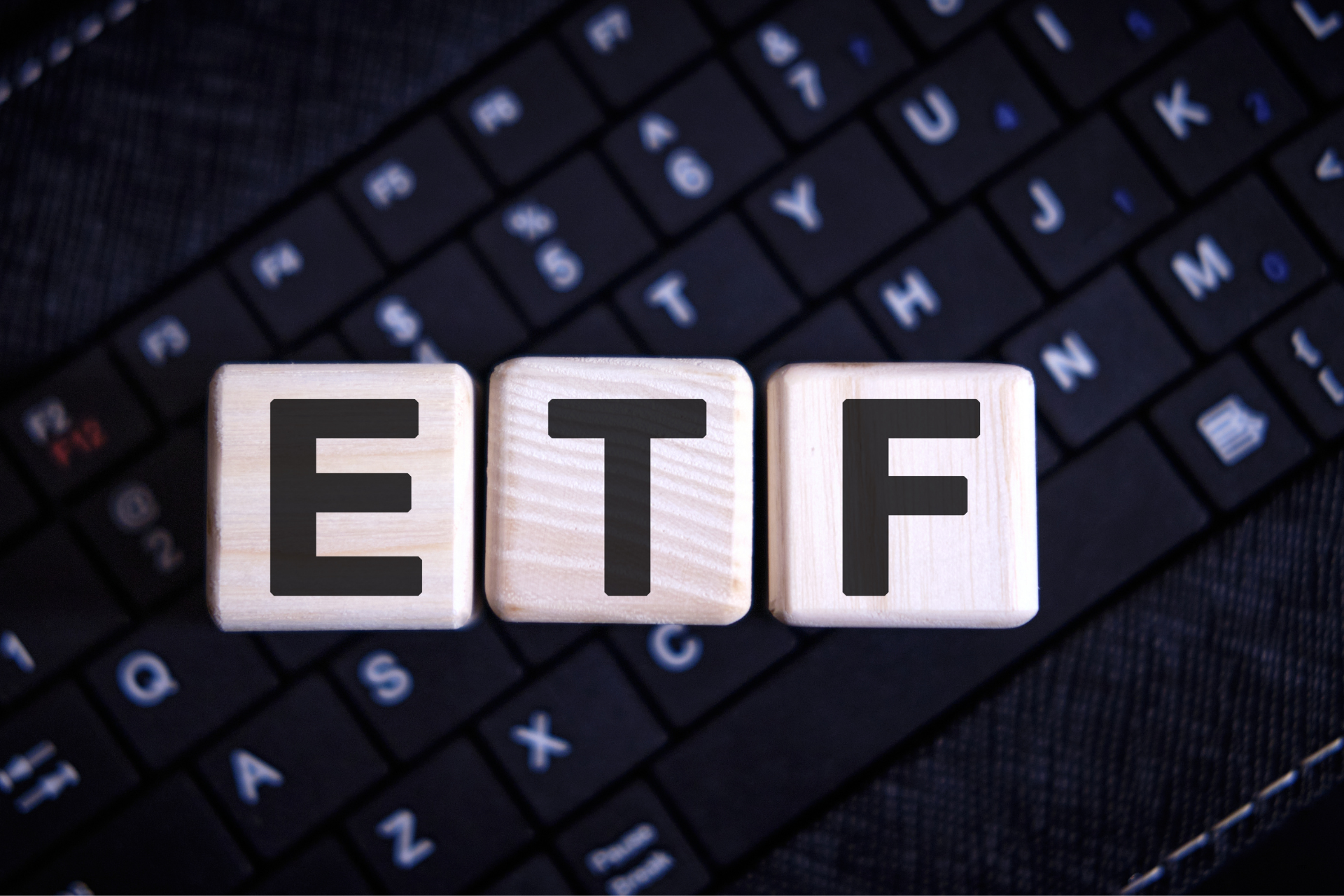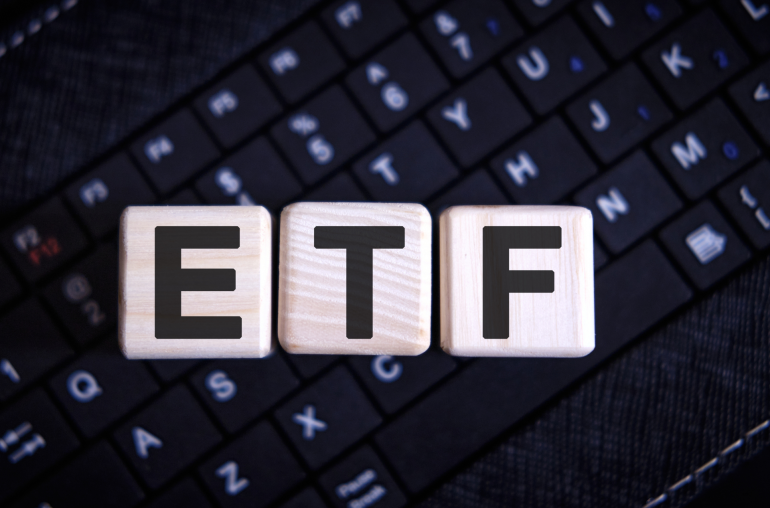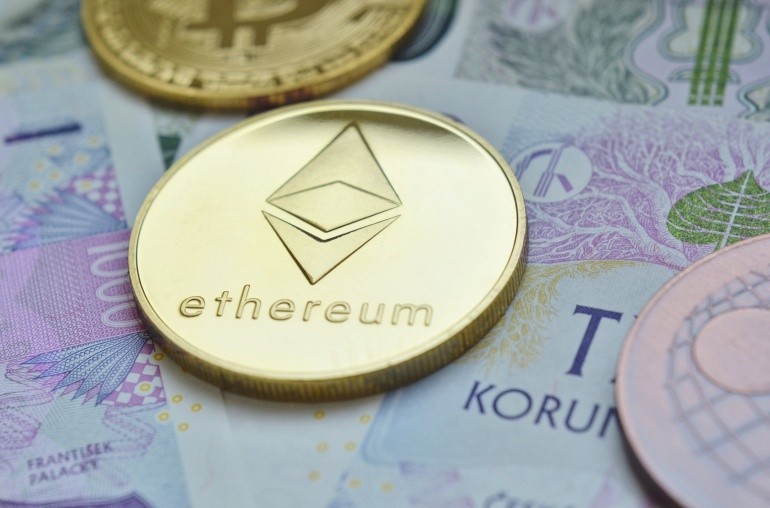Ethereum exchange-traded funds (ETFs) were met with high hopes upon their launch, expected to ride the wave of cryptocurrency’s growing adoption. However, Ether ETFs have faced significant hurdles, especially when compared to their Bitcoin counterparts. This has led to disappointing performance for investors and lackluster interest in the market. Below are the four main factors contributing to the underperformance of Ether ETFs in 2024.
1. Lack of Staking Yields: A Critical Missing Feature
One of the unique attributes of Ethereum is its staking mechanism, where Ether holders can lock up their tokens in the network to help validate transactions and earn yields in return. Currently, this staking yield averages around 3.5%, and it has become a key attraction for many Ethereum investors.
However, Ether ETFs do not offer access to these staking rewards. This difference presents a major challenge: investors can either buy an Ether ETF and forgo staking yields while paying management fees, or directly buy and stake Ether themselves, earning passive income on top of potential price appreciation.
This discrepancy has led many crypto-savvy investors to avoid Ether ETFs in favor of staking, where they get both price exposure and additional rewards. As one analyst put it, “Why would a fund manager pay to get exposure through an Ether ETF when they can stake it themselves with the same custodian?”
This lack of staking yields makes Ether ETFs less appealing, particularly to investors who are familiar with Ethereum’s network mechanics.
2. Challenges in Marketing Ethereum’s Complex Use Case
Marketing plays a significant role in the success of ETFs, and here, Ether ETFs face a much tougher challenge than Bitcoin ETFs. Bitcoin, often referred to as “digital gold,” has a straightforward narrative as a store of value and hedge against inflation. This simplicity resonates with a wide range of investors, from individuals to large institutional players.
In contrast, Ethereum is a more complex platform with multifaceted use cases. It serves as the backbone of decentralized finance (DeFi), powers smart contracts, and is home to thousands of decentralized applications (dApps). While these features make Ethereum technologically robust, they also complicate its marketing. Explaining Ethereum’s potential value to traditional investors is difficult because it requires a deeper understanding of blockchain technology and its applications.
Bloomberg ETF analyst Eric Balchunas noted the challenge: “Ethereum doesn’t lend itself to an easy, soundbite-friendly pitch like Bitcoin does. It’s harder to explain why an investor should buy an asset powering decentralized apps than a digital equivalent of gold”
This complexity in messaging makes Ether ETFs harder to sell, particularly to more conservative investors who may not be fully versed in the crypto landscape.
3. Poor Price Performance: Ethereum’s Struggles Against Bitcoin
Ethereum’s price performance has also played a crucial role in the underperformance of Ether ETFs. While Bitcoin surged by 42% since the start of 2024, Ethereum’s price has increased by a mere 4%. Moreover, since the launch of Ether ETFs, Ethereum’s price has dropped by over 30%, which has significantly dampened retail enthusiasm for these funds(
This poor price action makes Ether ETFs less attractive to both retail and institutional investors, who often look at short-term gains when considering entry into a new financial product.
This stark contrast in performance between Bitcoin and Ethereum has led many investors to question whether Ether ETFs are a good investment at all. Grayscale’s Ether ETF, for instance, has experienced substantial redemptions during its conversion from a trust to an ETF. As one crypto expert mentioned, “Ethereum seems stuck between Bitcoin’s dominance as a monetary asset and Solana’s rise as a high-performance blockchain,” making it less appealing during times of market volatility.
4. Unattractive Valuation: Are Investors Paying Too Much for Ethereum?
Ether’s current market capitalization of approximately $290 billion places it in a unique spot: higher than most banks globally, yet still dwarfed by tech giants like JPMorgan Chase and Bank of America. For many traditional investors, Ethereum’s valuation seems inflated, especially when comparing its size and utility to that of Bitcoin or other tech-related assets. This perceived overvaluation has caused hesitation among institutional investors, who may find Ethereum’s price too high without a more compelling investment thesis.
Furthermore, Ethereum’s valuation relative to its future growth prospects has come into question. Some argue that while Ethereum offers immense utility through its network, there’s no widely accepted framework for valuing it. This has left many investors wondering whether Ethereum is worth its current price, leading to further underperformance for Ether ETFs.
Conclusion: Navigating a Tough Landscape for Ether ETFs
The underperformance of Ether ETFs in 2024 can be attributed to several interrelated factors: the lack of staking yields, the challenge of communicating Ethereum’s complex use case, poor price performance relative to Bitcoin, and concerns about valuation. As these issues persist, Ether ETFs remain less attractive to investors than their Bitcoin counterparts. Unless these challenges are addressed, particularly the gap between direct staking and ETF holdings, Ether ETFs are unlikely to gain the same level of traction and interest as Bitcoin ETFs have enjoyed.
Disclaimer
Any information provided in this article is not intended to be a substitute for professional advice from a financial advisor, accountant, or attorney. You should always seek the advice of a professional before making any financial decisions. You should evaluate your investment objectives, risk tolerance, and financial situation before making any investment decisions. Please be aware that investing involves risk, and you should always do your own research before making any investment decisions.



